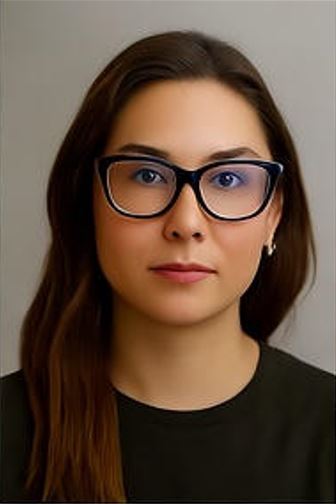Forest dying or forest change? Dr. Knolle explains it!
Dr. Friedhart Knolle will discuss forest death and change in the Harz and the Heath on October 11th in Celle. Registration desired.
Forest dying or forest change? Dr. Knolle explains it!
In the context of the discussed forest dieback in Germany, the Harz National Park is often the focus of attention. The geologist and conservationist Dr. In his lecture, Friedhart Knolle highlights the various aspects of the forest and particularly addresses the increasing challenges for these ecosystems. What is really happening to our forests and why are the spruce trees dying in such large numbers? These questions are the focus of a lecture that will take place on October 11th in Celle.
The speaker, Dr. Knolle, will delve deeper into the issue of forest dieback and possible solutions. A remarkable fact is that the image people get of dead trees often only shows part of reality. Numerous young plants sprout among the dead trees - including spruce, rowan, willow and birch, which are gradually reclaiming a place in the ecosystem.
The situation in the Harz and the surrounding area
The worrying situation in the Harz National Park is not just a local problem. Here the spruces, which once played an important role as an economically valuable tree, are severely affected. The reporting on the Brocken, where the extent of the spruce dieback became visible, caused a stir nationwide. But a similar picture can also be seen in the Celle area of Lower Saxony, where pine trees were planted in monocultures, which are now facing major challenges in times of climate change.
Dr. Knolle explains: “The one-sided cultivation of spruces in the Harz and the pines in the Celle region has led to many forests being susceptible to pests and diseases.” The monoculture created by humans has proven to be problematic because the soil no longer provides the necessary nutrients and the ecosystem is less robust against external influences.
In order to make future forestry sustainable and to preserve the forests in our region, new ideas are needed. What can a 21st century forestry system look like that respects and takes into account the entire forest habitat? These are the questions Dr. Knolle will be discussed as part of his presentation, whereby the consideration goes beyond the mere survival of the trees. The focus here is on creating a diverse and species-rich forest that not only benefits nature, but also offers people a place to relax.
Invitation to participate
The lecture is free and takes place in the association house in Celle. The BUND district group in Celle organized this lecture to give citizens the opportunity to learn more about the challenges and possible solutions in connection with forest dieback. Donations are welcome, but not mandatory. Interested parties are invited to register informally via the email address members@bund-kreis-celle.de.
The “BUND concrete” series, which was initiated by Dr. Hildegard Rupp was founded with the aim of addressing socially relevant topics and providing a platform for the exchange of specialist knowledge. The great response to previous events shows that there is a strong interest in practical solutions and the integration of local expertise. A previous lecture on flooding followed a similar principle and was also very well received.
The commitment of the BUND district group shows how important the topic is and how much it affects people. With the aim of preserving and promoting the forest as a habitat, Dr. Knolle emphasizes the need for responsible and sustainable forest management. The insights from his lecture are intended not only to inform, but also to motivate and inspire to actively participate in shaping an environmentally conscious future.
For further information and to prepare for the lecture, we recommend taking a look at the current reports and publications that deal with the problem of forest dieback. as celler-presse.de reports.

 Suche
Suche
 Mein Konto
Mein Konto
